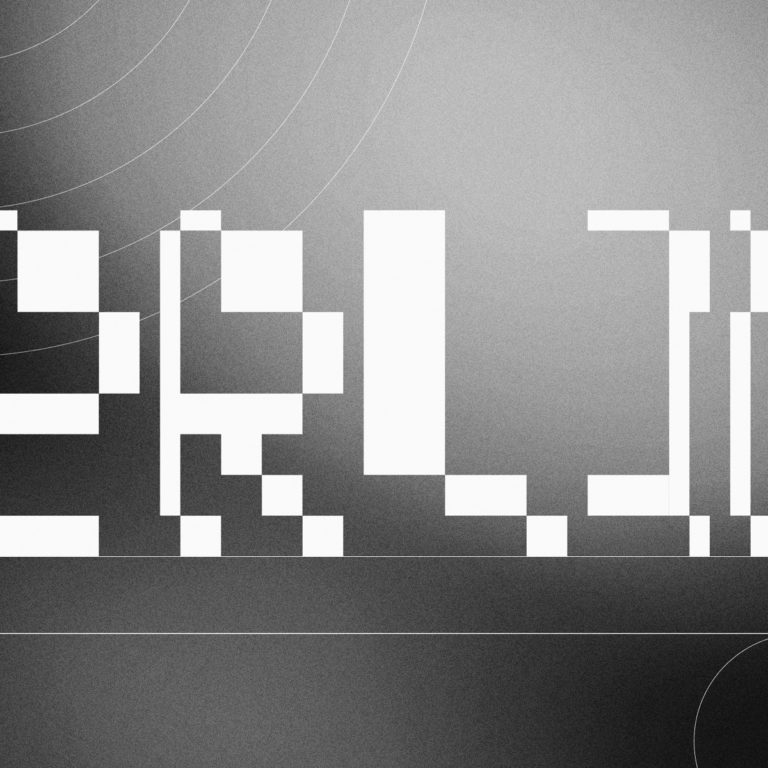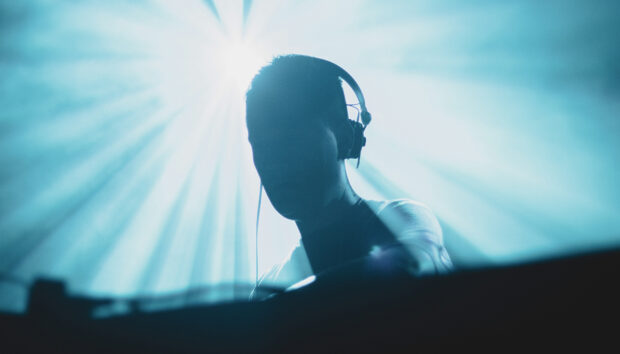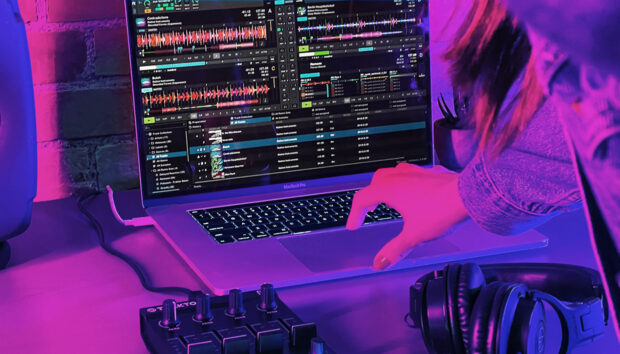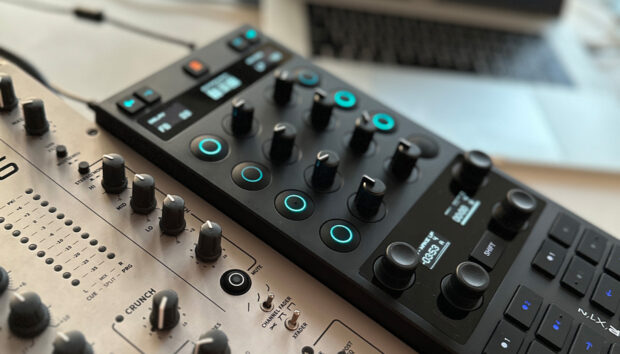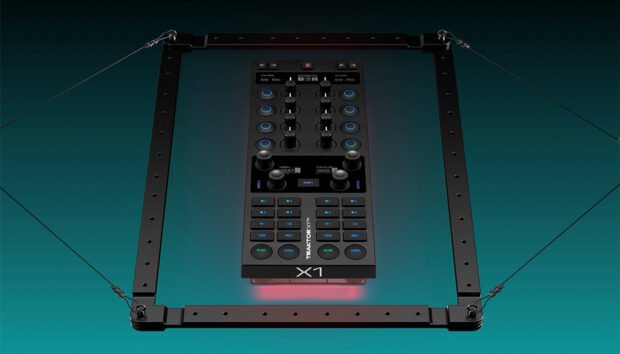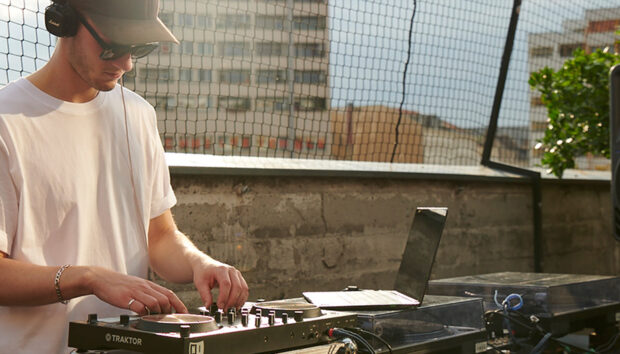Throughout the ’00s, house and techno DJs in Germany’s capital city brought about a new wave of music suited to extended sets and weekend-long parties. Here, Matthew Unicomb talks to DJs including Chris Liebing and Steve Bug about how TRAKTOR went hand-in-hand with this influential sound.
Extended sets, weekend-long parties, endless grooves: the club scene of ’00s Berlin played an essential role in turning the city into the techno capital it is today. From techno marathons at Berghain to afterhours soundtracked by understated deep house at Watergate, the atmosphere was like nothing else in the world at that time.
Afterparties at venues Club der Visionaere and Bar 25 would often stretch well into Monday, soundtracked by DJs who would often play five hours or more, far longer than the two-hour-or-less sets they would usually spin outside Germany.
This helped facilitate the mood unique to Berlin clubs. Rather than mix together a string of heavy-hitting tracks engineers for maximum, immediate impact, as they would in, say, London, DJs would play long, winding sets, letting the grooves roll for what seemed like an eternity.
If you happened to find yourself on a Berlin dance floor at some late-hour around 2009, there was a good chance the DJ would be hunched over a laptop, squinting into a screen displaying TRAKTOR, the DJ software that went hand-in-hand with the hypnotic sound of the ’00s.
Throughout that period, house and techno DJs big and small were embracing TRAKTOR, which in turn shaped the sound of their DJ sets. Whether they were techno superstars like Chris Liebing, or house DJs like Steve Bug and M.A.N.D.Y.’s Patrick Bodmer, TRAKTOR’s converts played a key role in building the signature, hypnotic sounds of their respective scenes.

“I started using TRAKTOR before it was TRAKTOR,” says Chris Liebing, referring to Final Scratch, a then-radical technology developed in the Netherlands that enabled vinyl control of digital audio files. Native Instruments eventually partnered with the Dutch owners to release TRAKTOR Final Scratch, which paired the existing TRAKTOR software with the ability to use timecode vinyl records.
This, DJs say, was a game-changer. They now had the ability to bring their entire record collections on the road, or at least as much as they could digitise, giving them access to thousands of tracks within a few clicks. This was an unprecedented amount of music to have on hand at the time.
From big-room techno DJs like Chris Liebing to cosmic explorers like Lucy, who was part of the ultra-trippy Stroboscopic Artefacts crew at deep techno’s most hypnotic edges, the technology TRAKTOR brought – infinite looping, visual waveforms – redefined what it was possible to do behind the decks.
For Chris Liebing, who would usually take two heavy 100-vinyl crates to every gig, it was revolutionary.
“You could carry 1,000 tracks with you,” he reflects. “You could be much more versatile in your DJ sets.”
Through his CLR label and extended sets at Berghain, Liebing’s rolling, full-powered sound inspired countless DJs in Berlin and beyond – even though he’s never lived in the city. For years, CLR nights at Berghain were among the club’s most popular parties, where hundreds of dancers would stay locked into the rolling, loopy sound of Liebing and his peers.
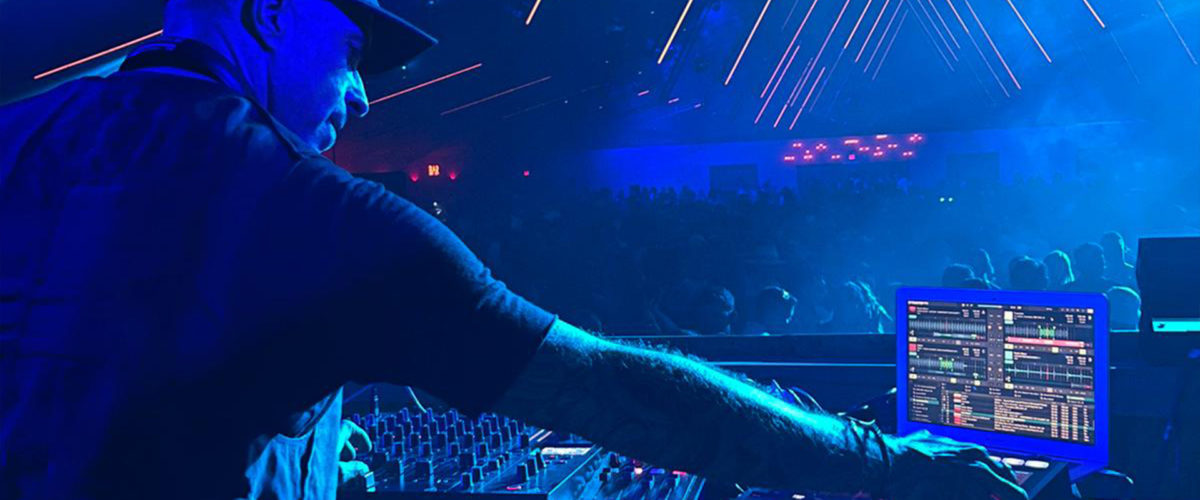
And while he’s most at home in big rooms, spinning to thousands, Liebing favours slow builds and extended grooves over big drops and breakdowns, setting him apart from many of the top-tier DJs who play from similarly large stages.
As a vinyl DJ in the ’90s, long before he discovered TRAKTOR, he considered creating these kinds of endless grooves essential, albeit with different kinds of music.
“I come from the old days of DJ’ing, when you’d play Motown and soul”, he explains. “When the track was over, you had to do a smooth mix so people wouldn’t take it as a chance to leave the dance floor. With techno, you could take this to a new level. People on the dance floor would have no idea which track was ending or starting.”
Going from playing on three decks as a vinyl DJ to four decks on TRAKTOR gave Liebing a new level of control over the music. A new feeling of spontaneity came with that, as the new setup allowed him to add new tracks to the mix in an instant, without the need to find the vinyl in his bag, beatmatch it with the other tunes and then bring it in at the right moment.
“When you played with vinyl, three decks was already limited,” he explains. “The hi-hat on this deck, the bassline on that one, something else on the other. You’d have a fourth record in your hand, like, ’Damn, I need to take one away now.’“
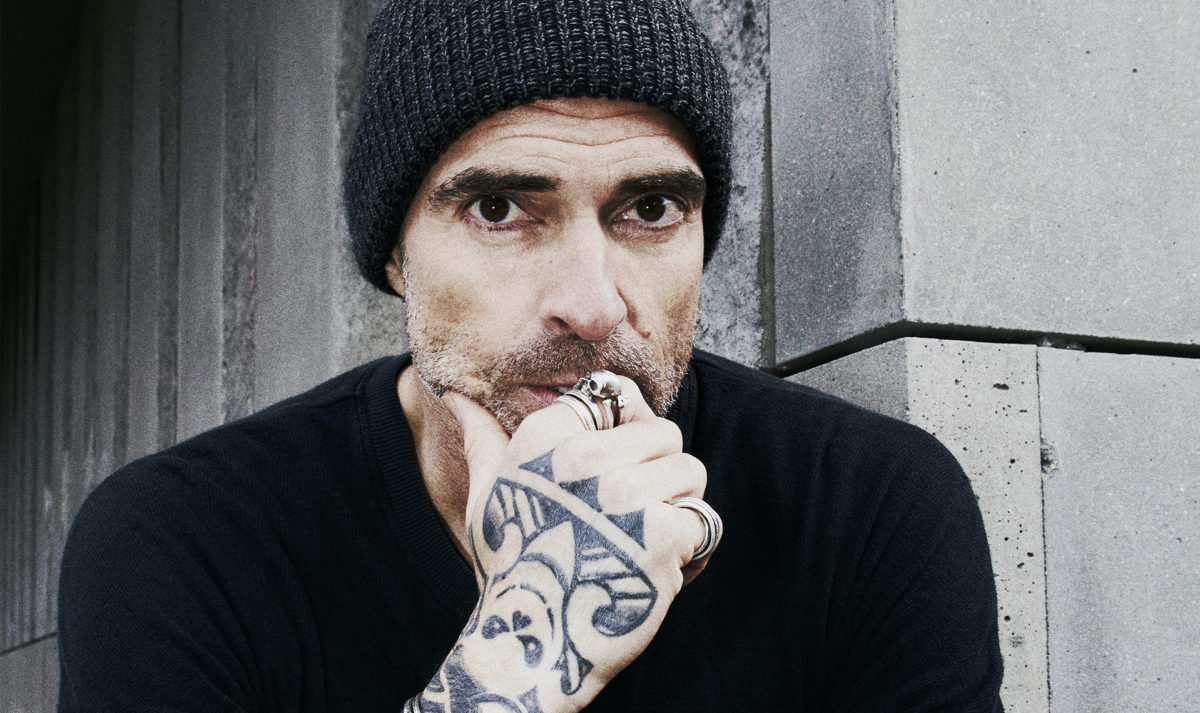
With TRAKTOR, Liebing could suddenly add sections of tracks to the mix on-the-fly, looping, say, the melody of a Marcel Dettmann track over the rhythm section of a peak-time bomb from Tommy Four Seven, one of the producers on his label. It helped Liebing create what he calls a “wall of sound”, or his ultimate goal as a DJ, where a section of music has no beginning or end.
The automatic beatmatching, or Sync option, was particularly helpful for techno DJs who favoured ultra-tight, hypnotic style of mixing. Not only could they quickly mix in sections of tracks seconds after the idea popped into their head, but it also took away the pressure of keeping three records simultaneously beatmatched. As Liebing explains, “Not everyone is Jeff Mills.”
“You could think of a track that might have an awesome sound in its beginning,” he says. “And within a second it’s synced and looped, waiting to be perfectly faded up. You could loop a part that sounded nice, EQ it, then constantly build something new. It means that every set is completely unique.”
That revelation extended to house DJs, too.

“My music changed when I started to use four channels with TRAKTOR,” says Patrick Bodmer, a veteran of the Berlin scene best known as M.A.N.D.Y. Together with Booka Shade and Philipp Jung, his former M.A.N.D.Y. collaborator, he produced “Body Language”, a 2005 house track that was, for a time, one of Berlin’s most-played tunes.
“I loved to use loops,” Bodmer says about his DJ’ing at the time. “You could create your own tracks, really. Even when I would listen back to the recordings of the night, I couldn’t tell which tracks were playing at some points.”
But where DJs like Chris Liebing and Patrick Bodmer fully embraced tight, mechanical mixing, many house DJs preferred to play with a looser feel. Rather than, say, layering four tracks on top of each other, artists like Steve Bug would play more like classic vinyl DJs, calmly fading one track into the next the way they’d been doing for decades. But TRAKTOR helped reshape the way these DJs approached their sets, too, giving them unprecedented control over their blends.
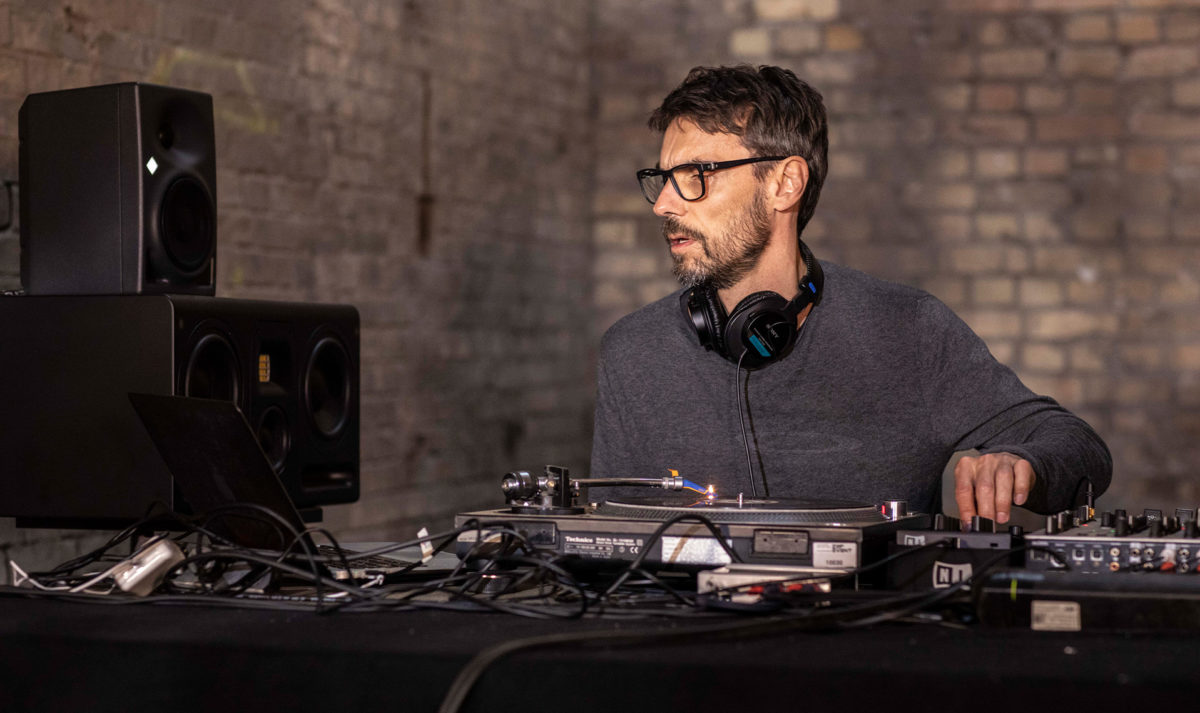
Steve Bug, who founded the influential Poker Flat label, spent countless nights behind the decks at Watergate or Panorama Bar – two Berlin clubs that did more than most to shape the deep house scene.
To catch Bug on the club’s Waterfloor on some Sunday morning could be transcendent, the sun beaming through the floor-to-ceiling windows behind the DJ booth. With a laptop running TRAKTOR dutifully placed by his side, Bug would string together the best in modern deep and tech house, blending tunes with timecode vinyl on two turntables.
But while he mixed music the same old-school way he did during the ’90s in his hometown of Bremen, and later Hamburg, TRAKTOR pushed Bug to be even more precise with his blends, timing each mix or break to perfection, and never losing that signature Berlin groove.
“I used to count the beats in a track, so I would know exactly when to mix in the next record,” he says, referring to how some DJs would keep track of 8, 16 or 32 bars had passed in a track. “[But with TRAKTOR] I had the visual aspect and knew exactly what was happening at any time. With this new information, I could time the mix better than ever before.”
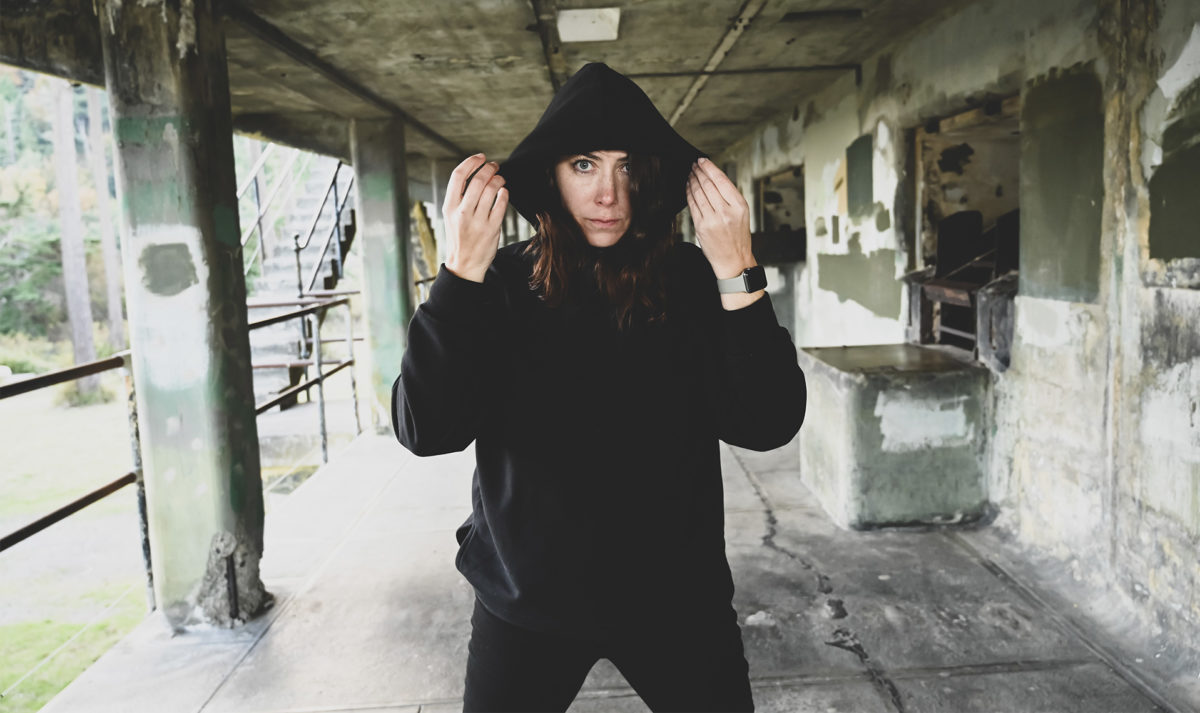
Some DJs, especially those who played minimal techno, took this approach even further by skipping breaks all together. Best exemplified by the crew surrounding Richie Hawtin’s M-nus label, who would use TRAKTOR to layer together snippets of tracks until they became unrecognisable, just one part in a loopy, ultra-hypnotic groove.
Along with Richie Hawtin, DJs like Magda, Troy Pierce and Camea helped shape this clinical, ultra-precise sound, heard at venues like Watergate, Weekend and Club der Visionaere.
“When some producers make music, they’re thinking of a hit, so they add really big breaks,” Camea, who came to Berlin in 2011 says. “With TRAKTOR, you have so much control over the tracks that you can actually skip breaks all together. You can grab really great grooves inside of certain tracks. It’s nice to grab those grooves between those breaks, and have the crowd just zone out inside the percussion.”
The techno sound of Berlin has shifted away from these understated grooves, replaced by a more immediate, uptempo style of music entwined with melodic styles like trance and EBM. It’s become more common to see DJs using CDJs or vinyl than a laptop running TRAKTOR, yet the foundation laid by DJs like Chris Liebing, Camea, Steve Bug lives on in the way many DJs play their sets. Artists big and small use the technology made popular by TRAKTOR in Berlin clubs every weekend, from infinite looping and Syncing to harmonic mixing.
And according to at least one DJ, Berlin might be ready for a resurgence in loopy sounds.
“It’s been pushing really hard, with very melodic music” says Camea, referring to the current strain of techno popular in Berlin. “But I can feel this shift again, especially now that events are opening back up and people are going to longer parties. Loopy, groovy techno is very sustainable for audiences at open-airs, summer clubs and and afterhours sets, so I can feel it coming back.”
Check out all the 20th anniversary celebrations – including limited edition timecode vinyl – over on the main site. And make sure to watch this space for the next scene report!








